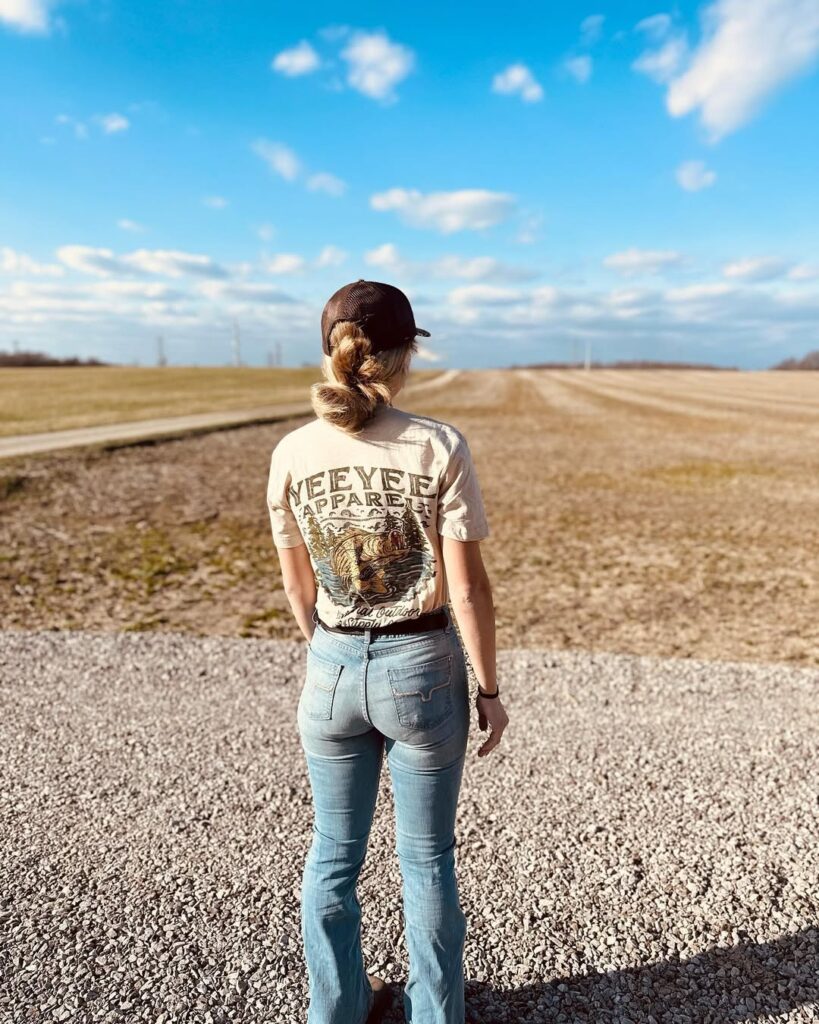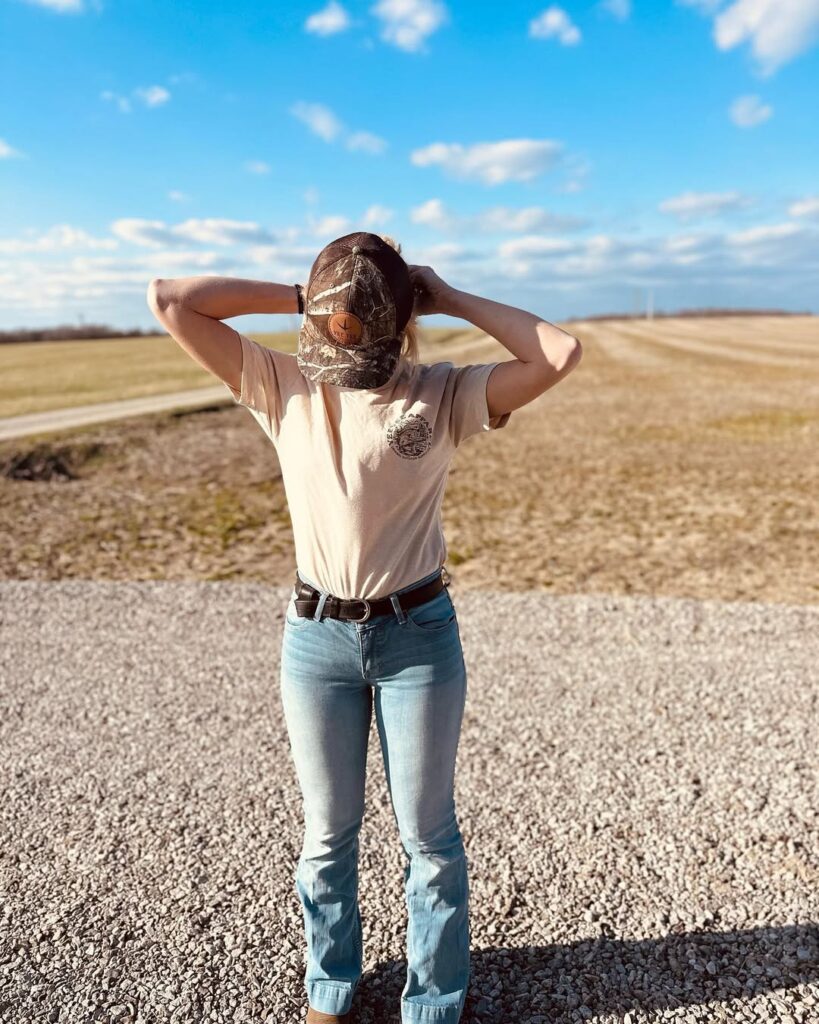A field landscape is one of nature’s most calming and beautiful sights. It stretches across the earth in wide, open spaces and offers a peaceful contrast to the noise and clutter of urban life. Whether it’s a green meadow dotted with wildflowers, a golden wheat field swaying in the breeze, or a snowy plain under a bright sky, a field landscape can stir emotions, inspire creativity, and remind us of the natural world’s quiet strength and beauty.

The Simplicity of a Field
One of the most striking aspects of a field landscape is its simplicity. Unlike a forest, which is dense and often chaotic, or a mountain range, which is dramatic and rugged, a field is open and clean. Its horizontal lines can stretch for miles, creating a sense of calm and openness. This simplicity is what makes field landscapes so appealing, both in real life and in art.
A field might seem plain at first glance, but look a little closer and you’ll see rich detail: blades of grass catching the sunlight, insects buzzing through the air, distant trees lining the horizon, and maybe even a stream cutting through the land. Each element is subtle, but together they create a powerful image of serenity.
Types of Field Landscapes
Field landscapes come in many forms depending on climate, soil, and human use. Each type has its own character and visual appeal:

1. Agricultural Fields
These are perhaps the most common types of field landscapes, especially in rural areas. Crops like wheat, corn, rice, and barley grow in neat rows across wide fields. The color and texture of these fields change with the seasons—from brown and muddy in spring to vibrant green in summer to golden in fall. These fields are signs of human work and food production, and they often bring a sense of tradition and purpose.
2. Wildflower Meadows
Unlike agricultural fields, meadows are often untouched or only lightly managed by humans. They bloom with a mix of grasses and wildflowers like daisies, poppies, clovers, and buttercups. A wildflower meadow is a riot of color and buzzing life. Bees, butterflies, and birds thrive in this environment, and the changing light through the day creates an ever-shifting landscape. These fields are perfect for artists and photographers, as they capture the pure beauty of nature.
3. Prairies and Grasslands
These large, open fields are found in many parts of the world, such as the American Midwest, African savannahs, and parts of Australia and Asia. Prairies are home to tall grasses and hardy plants that can survive with little water. These landscapes often feel wild and endless, giving the viewer a deep sense of space and freedom. They are also home to animals like bison, deer, and birds of prey.

4. Snow-Covered Fields
In winter, a field landscape can be completely transformed. Covered in snow, the field becomes a quiet, white space that reflects the pale light of the season. The snow softens the lines and textures, turning the field into a dreamlike scene. Footprints, fence posts, or a single tree can become powerful visual elements in an otherwise empty landscape.
The Emotional Power of Field Landscapes
Field landscapes are not just visually appealing—they can also touch us emotionally. The openness of a field invites us to breathe deeply, relax, and let our thoughts wander. There is something deeply meditative about standing in the middle of a wide field with the wind in your hair and the sky stretching out above you.
Many people feel a sense of nostalgia when they look at a field. Perhaps it reminds them of childhood summers, family picnics, or quiet walks in the countryside. For others, it may symbolize freedom and escape from the demands of daily life.
In literature and poetry, fields are often used as symbols of peace, growth, and the passage of time. A field in spring represents hope and renewal; in summer, abundance and life; in autumn, harvest and change; and in winter, rest and reflection.

Field Landscapes in Art and Photography
Field landscapes have long inspired painters, photographers, and filmmakers. The Impressionists, for example, painted countless scenes of fields in bloom or being harvested. Vincent van Gogh’s famous paintings of wheat fields are filled with motion and emotion. Photographers often seek out fields at sunrise or sunset to capture the dramatic light and shadows.
A field is a canvas that changes with the time of day, the weather, and the seasons. In the early morning, it may be covered in dew or mist. At midday, it may shine under a blue sky. At dusk, it glows with the warm colors of sunset. And under the moonlight, it becomes a place of mystery and quiet.
Because fields are so accessible and ever-changing, they are perfect subjects for both amateur and professional artists. Even with a simple camera or sketchbook, anyone can capture the beauty of a field landscape.

Environmental Importance
Field landscapes also play a critical role in the environment. Grasslands and meadows support a wide range of plant and animal species. Their soil stores carbon, helps filter water, and reduces erosion. When managed properly, agricultural fields can be part of a sustainable ecosystem.
Unfortunately, many natural field landscapes are under threat due to development, pollution, or climate change. Protecting these open spaces is important not only for biodiversity but also for the mental and emotional well-being of people who find comfort in nature.
Efforts are being made in many places to restore native grasslands, plant wildflower meadows, and promote eco-friendly farming. By supporting these efforts, we help preserve the beauty and value of field landscapes for future generations.

How to Enjoy a Field Landscape
You don’t need to travel far to enjoy a field. Here are some simple ways to experience and connect with field landscapes:
- Take a walk through a local park, nature reserve, or countryside path.
- Have a picnic in a meadow and listen to the sounds of nature around you.
- Bring a sketchbook or camera and try to capture what you see.
- Sit quietly and observe how the light, wind, and wildlife move across the field.
- Learn the names of the grasses, flowers, and animals you find.
- Visit at different times of day or seasons to see how the field changes.
Conclusion
Field landscapes are more than just open spaces—they are places of beauty, peace, inspiration, and life. From golden wheat fields to wildflower meadows, from snowy plains to endless prairies, each type of field offers a unique window into the natural world. In a world that often feels busy and crowded, the wide, open simplicity of a field reminds us to slow down, breathe deeply, and appreciate the quiet wonders of nature.
So the next time you pass by a field, take a moment to look, to feel, and to connect. There’s more there than meets the eye.



